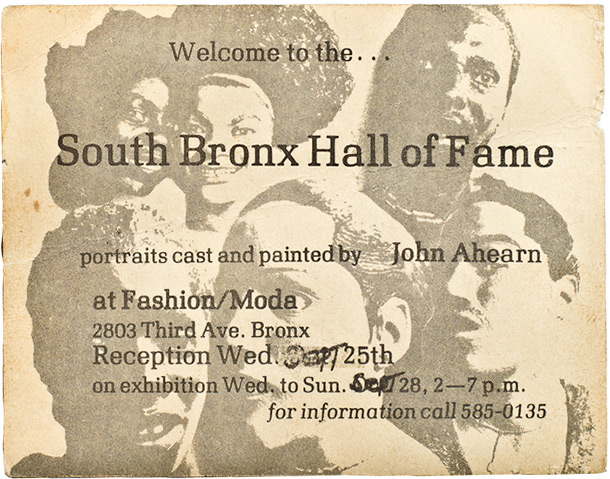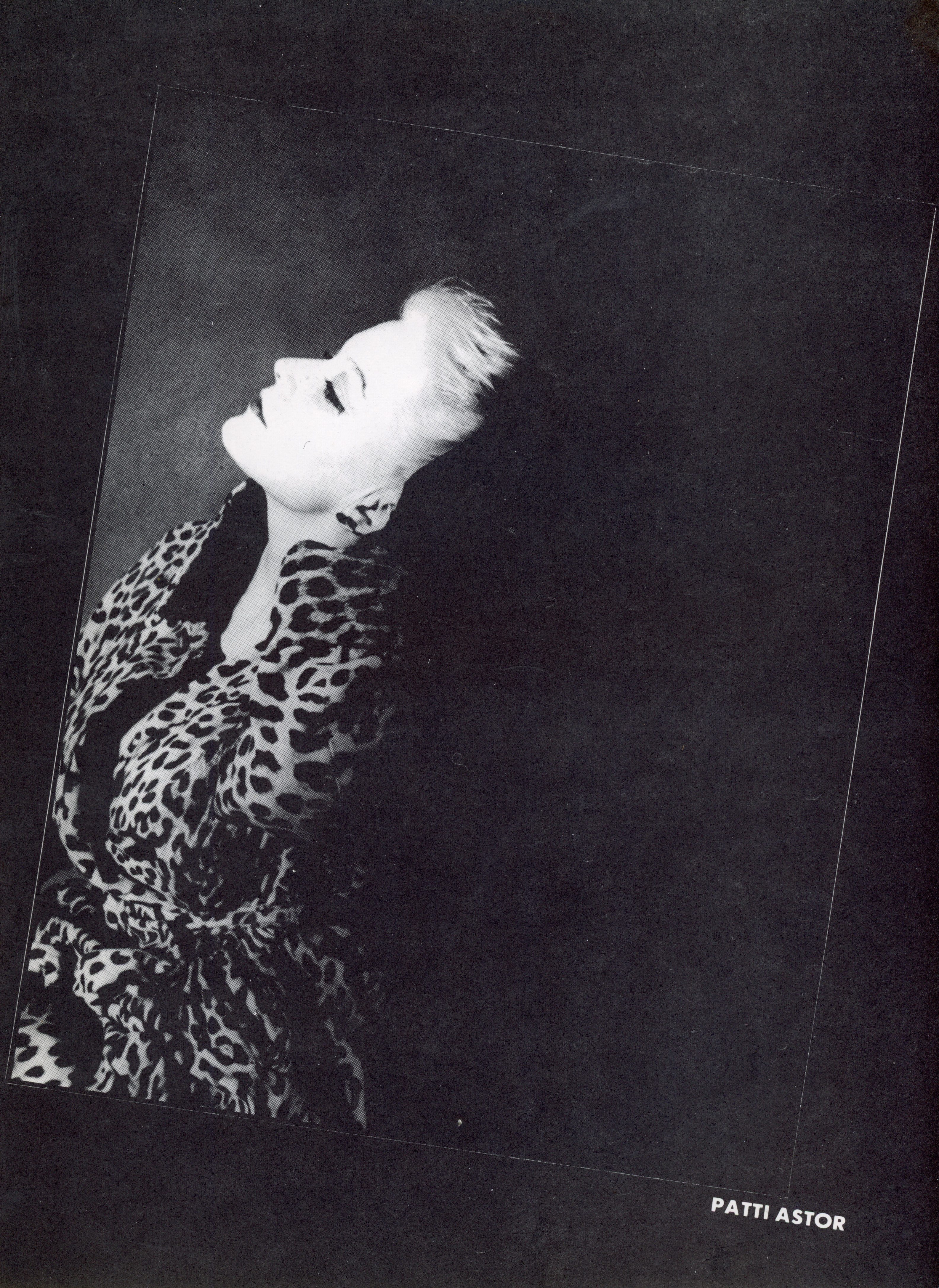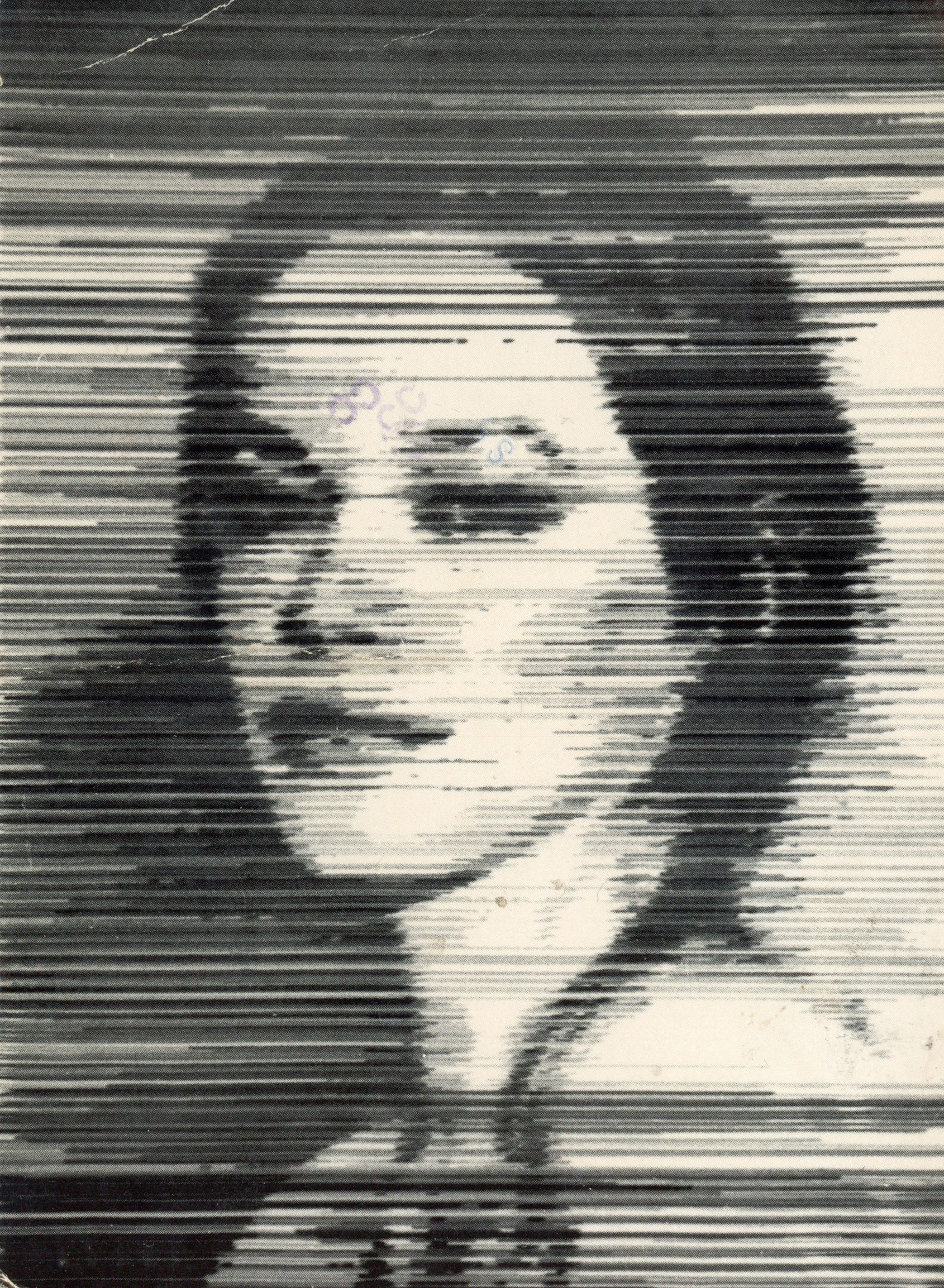Browse our selection of over 7,500 items of art ephemera dating from the 1960s to the early 2000s, grouped by artist, gallery, publication, and theme.
Recent Additions
• Alan Moore
• Becky Howland
• Betsy Sussler
• Christy Rupp
• Collaborative Projects Inc (COLAB)
• Ellen Cooper
• Jane Dickson
• Joe Lewis
• Joseph Nechvatal
• Kiki Smith
• Martha Wilson
• Peter Fend
• Tom Otterness
• Walter Robinson
$250
$150
$350
$900
Sold
Sold
$125































































































































